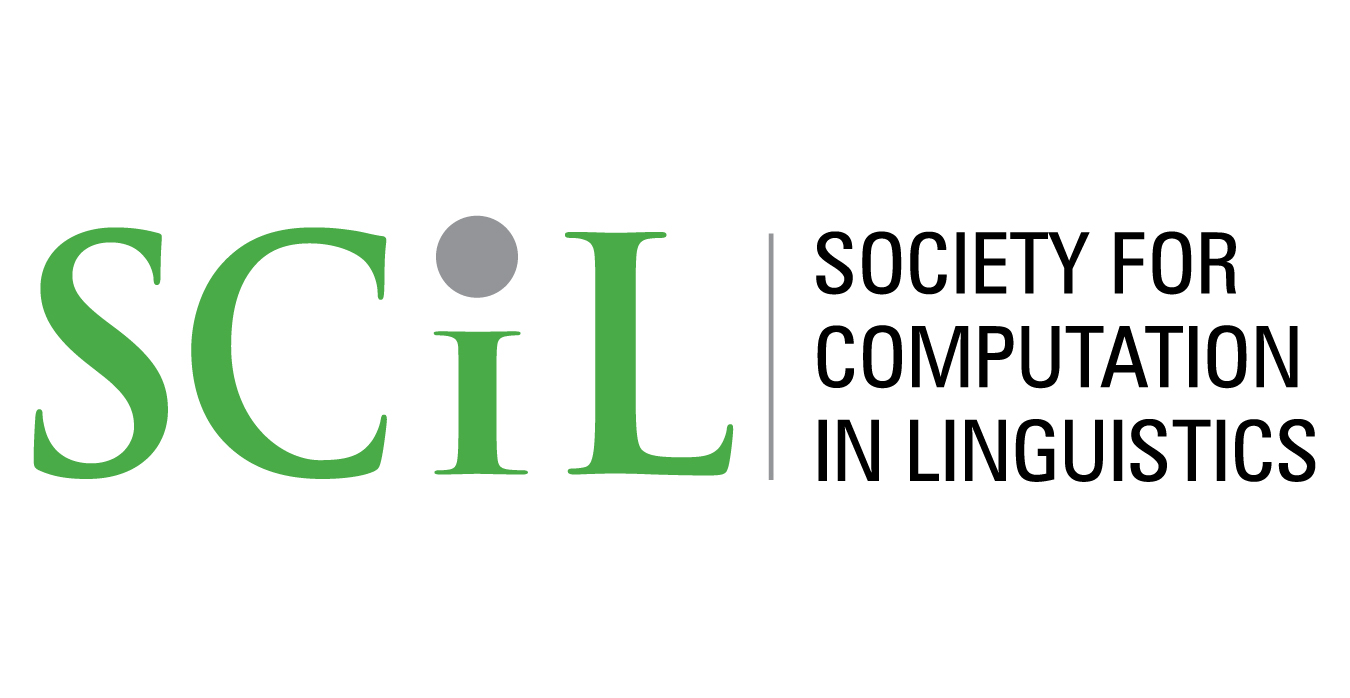Strict domination in probabilistic phonology
Abstract
Labov (1969) hypothesized that rates of application of variable phonological processes obey an intriguing generalization that we dub the Strict Domination Generalizationː Where multiple factors affect the rate of application of a process, the factors can always be ordered in a hierarchy such that “each [factor] in the hierarchy outweighs the effects of all [factors] below it” (cf. strict domination between constraints in Optimality Theory). To illustrate, suppose an optional consonant deletion process is favored by the presence of each of three factors, F1, F2, F3. The Strict Domination Generalization implies that these factors have to be ranked, e.g. F1 >> F2 >> F3 (borrowing the OT notation for ranking). Given this ranking, the rate of deletion must be higher in all contexts where F1 = yes than in all contexts where F1 = no, regardless of the values of the lower ranked factors, and within each value of F1, the rate of deletion must be higher where F2 = yes, regardless of the value of F3. In this talk, we review several test cases that are consistent with this generalization. We then show that the generalization does not follow from any current model of probabilistic constraint-based phonology (Stochastic OT, MaxEnt, Noisy Harmonic Grammar), so if it is correct, we need a new model.
How to Cite:
Flemming, E. & Magri, G., (2025) “Strict domination in probabilistic phonology ”, Society for Computation in Linguistics 8(1): 32. doi: https://doi.org/10.7275/scil.3096
Downloads:
Download PDF
359 Views
112 Downloads
